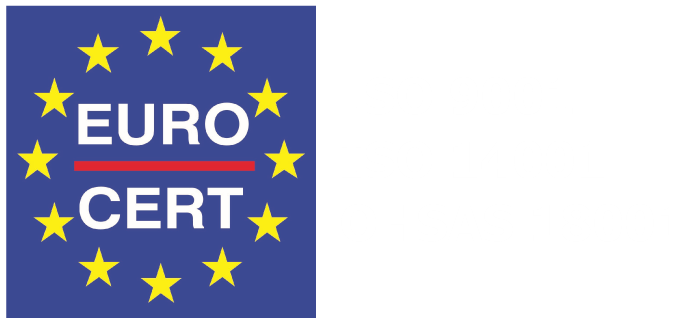What is solar energy
Basically, the sun is a giant nuclear fusion reactor that uses its intense gravity to apply enough pressure to hydrogen atoms creating helium and solar radiation in the form of heat, light, and other rays. This solar radiation is what we use to create solar power.
So, how does solar power work? Solar power is created by using the sun’s light through a process called the “photovoltaic effect”. When certain semiconductor materials are exposed to light, the photons of sunlight keep bombarding it, getting absorbed by the semiconductor causing a significant number of free electrons in the photovoltaic cells of the semiconductor. This can then be transferred to storage in a battery or for direct usage.
Humans had started trying to harness solar power since the mid 19th century, as it’s the ultimate “clean energy”. Solar power has the potential to supply all our energy needs and more, and as scientific and industrial advances are made every day, we are increasingly able to harness more and more solar power.
Solar energy systems
Solar photovoltaic (PV) panels are the most common forms of solar energy systems. In rural areas, they can be installed directly on the ground, and solar power plants have been known to cover acres of land with solar PV panels, supplying power to thousands of homes and businesses. Meanwhile, in cities and metropolitan areas, solar panels are easily installed on rooftops. This particular type of solar energy system would be called a solar rooftop system.
While panels are the most common form of solar PV cells, green building design has been flourishing as developers started seeking ways to use the external walls and even windows to maximize the output of clean solar energy.
Here’s a sneak peak of some of our favorite projects.

